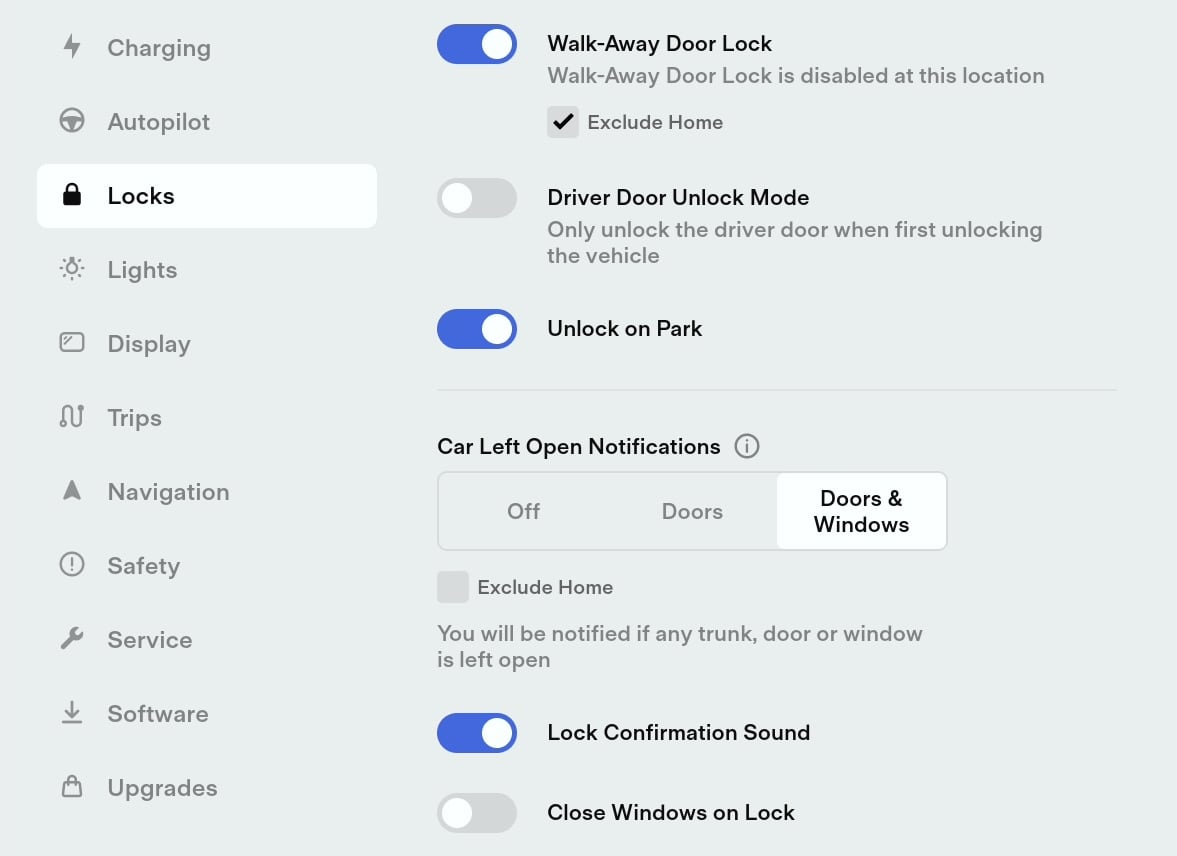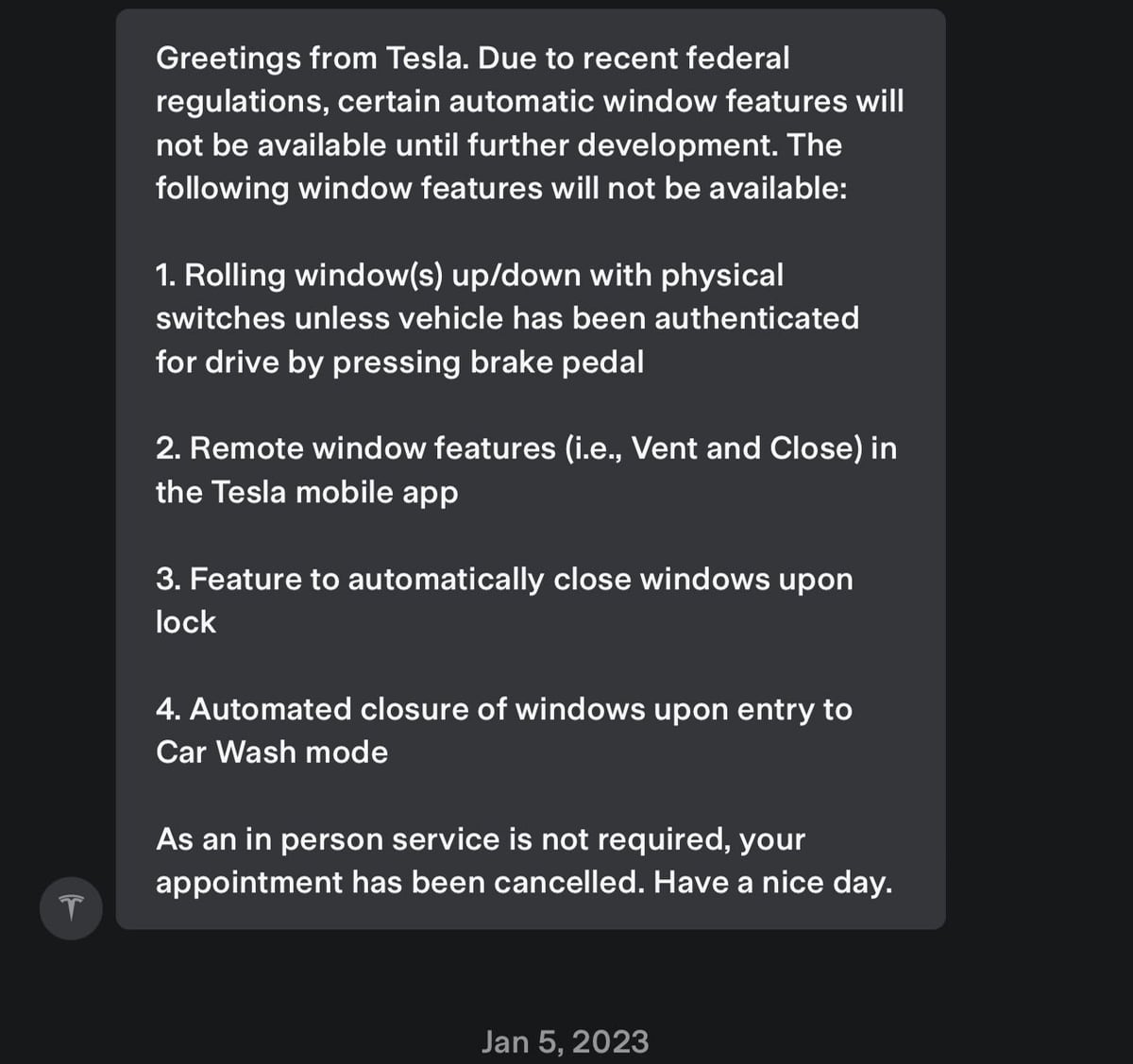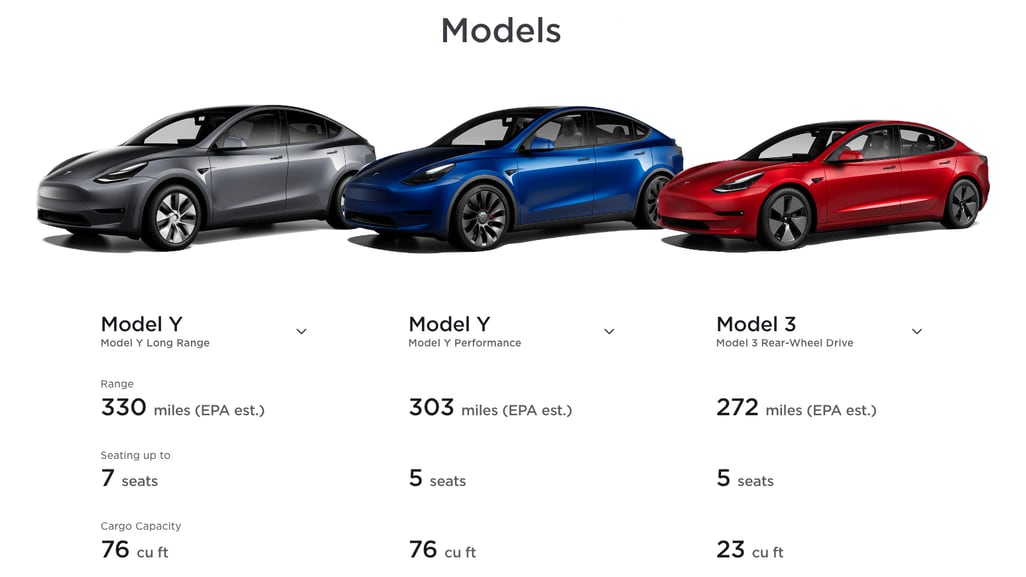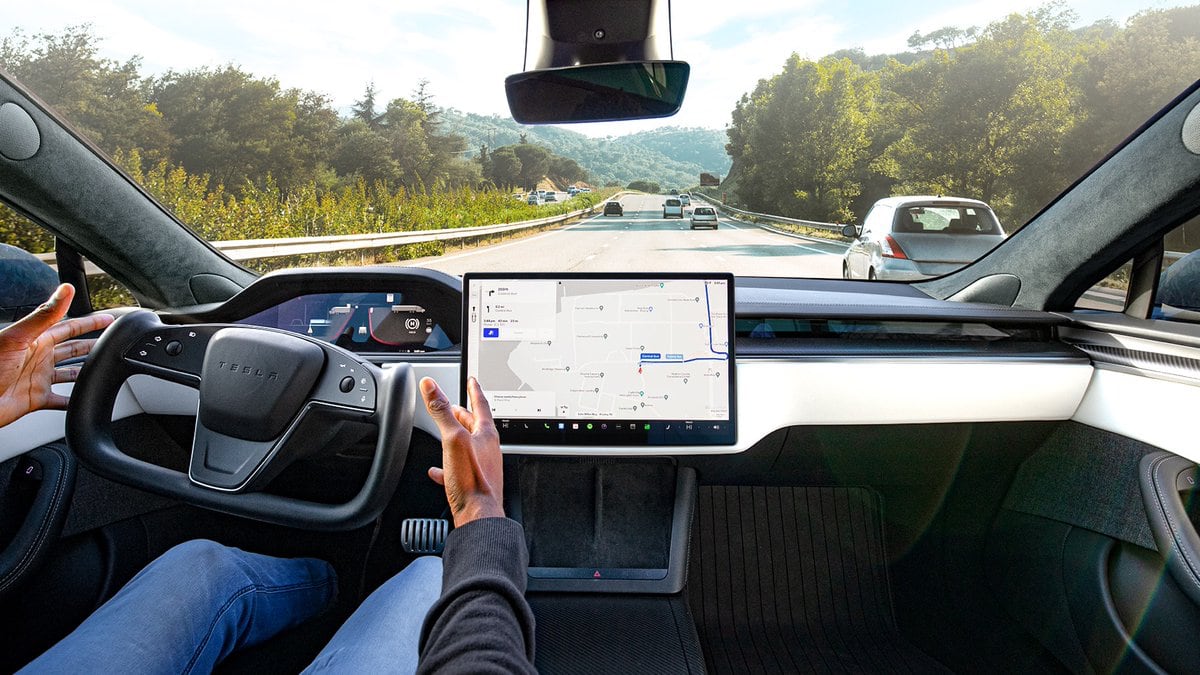By Lennon Cihak

An updated Federal regulation from the NHTSA no longer allows for auto-close windows via the car or an app, among other features.
Tesla owners took to social media to share their frustration of their vehicles missing the set-it-and-forget-it auto-close window features.
Twitter user and Tesla owner @Tommyf902 reached out to Tesla Service to get additional information about the issue. Tesla Service responded, “Due to recent federal regulations, certain automatic window features will not be available until further development.”
The features that Tesla Service are referring to include:
- Rolling window(s) up/down with physical switches unless the vehicle’s brake pedal has been pressed
- Venting/closing the windows via the Tesla mobile app
- Automatically closing the windows once the vehicle has locked
- Automatically closing the windows when the vehicle is in Car Wash Mode

Although not specifically mentioned by Tesla Service, this will likely limit the movement of the windows during Tesla's Light Show feature as well.
This updated safety guidance by the NHTSA isn’t just restricted to windows, either. It also applies to roof panel systems and partitions.
“This standard applies to passenger cars, multipurpose passenger vehicles, and trucks with a gross vehicle weight rating of 4,536 kilograms or less. This standard's inadvertent actuation performance requirements of S6(a) need not be met for vehicles manufactured before October 1, 2008. The standard's pull-to-close switch operability requirements of S6(c) need not be met for vehicles manufactured before October 1, 2010.”
The operation of a power-operated window, partition, or roof panel system may only be closed when the vehicle’s engine is set to “ON,” “START,” or “ACCESSORY” position; by “muscular force unassisted by vehicle supplied power”; or upon continuous activation of a locking system on the exterior of the vehicle, among others. In Tesla Service’s message to Tommy, the wording said “until further development.”
Availability in the Future
The code of federal regulation does state that a window can be opened remotely if the device is pressed continuously and is no more than 6 meters (19.5 feet) away from the vehicle, although it can not be capable of closing the window or partition. There are also some exceptions based on the window's ability to detect force. According to the regulation, the window would need to be capable of stopping and reversing direction if it exerts a force equal to 100 newtons or more.
New Teslas are already being delivered without the ability to remotely close windows, so it sounds like Tesla may not have a solution that meets regulations, at least not yet. Tesla may be working on a solution or waiting for updated guidance from the NHTSA. So while the feature may not currently be available now, Tesla may roll out a fix or workaround to the problem.
By Kevin Armstrong

Tesla stock price is down, deliveries missed expectations last quarter, and significant price drop — in China. Those are the major concerns swirling around the electric car manufacturer as investors took to Twitter to complain about the slash in prices overseas. However, there is a significant difference between the EV market in China compared to most other regions worldwide, especially North America.
Tesla dominates the market almost everywhere, except China. Unlike the dinosaurs in the North American automotive sector, Chinese car manufacturers have been developing and producing electric vehicles for a long time. While Tesla has had countries like the United States and Canada all to themselves for buyers wanting an electric vehicle, it’s not so easy in China. Telsa has to convince consumers to try something other than the BYD Song Plus or the Wuling Hongguang Mini EV.
Tesla has Competition in China
BYD started up in China in 2003, and by 2008 it was building the best-selling hybrid cars in the country. In 2009, several years after the carmaker achieved the top sales in the country. BYD was then converted to a fully electric vehicle, making it much easier for buyers to adapt to EVs while sticking with the brand they already trusted.
Then there is the horrendously ugly and ridiculously cheap Wuling Hongguang Mini EV. At a starting point of $4,500, anyone can hope no one sees them in this EV. The automaker hit the China market hard starting in 2020 and has not surpassed 500,000 deliveries.
Tesla’s main competitors have two particularly important advantages, BYD has brand loyalty, and Wuling Hongguang Mini EV is cheap. Therefore, it only makes sense that Tesla is aggressive. The Model 3 is now the cheapest it has ever been in China, and the Model Y has become much more affordable.
Tesla Cuts Prices
The company already dropped prices a few months ago, and now it's dropping them again. A RWD Model 3 is now $33,500 USD, when it was nearly $39,000; the same car in the United States goes for about $47,000. The RWD Model Y (not available in North America) is now $37,800 USD, down from about $42,000.
Following the announcement in China, Tesla has followed with reducing the prices in several other regions as well. The prices of the Model 3 and Model Y have been reduced in Australia, with price reductions in the 2-4% range, depending on the model.
In addition to China and Australia, Japan is also seeing the price of the Model Y reduced by up to 10%.
While these prices may be tough to swallow for someone in North America, consider that Tesla constantly changes prices to match what the market will pay. This practice has removed the slimy car salesman tactics that plagued the industry for decades. So, while it may seem unfair, Tesla owners must understand that the company doing well in all markets worldwide is vital to its survival as more competition emerges.
It's also possible that we'll see some price reductions in the U.S. as well. With the EV tax credit going into effect this January, Tesla aims to allow as many models to qualify as possible.
By Gabe Rodriguez Morrison

Elon Musk confirmed that Tesla vehicles will no longer require the driver to apply force to the wheel while using FSD Beta. All Teslas currently require drivers to apply resistance to the wheel at certain intervals to confirm attentiveness. However, with the addition of the cabin camera in 2017, this requirement may soon go away.
Elon confirmed the change in response to a tweet from @WholeMarsBlog, who asked if users with more than 10,000 miles driven using FSD Beta software, could have the option to disable the tedious steering wheel nag.
Elon replied, "Agreed, update coming in Jan."
While using Autopilot, drivers are alerted to put their hands on the wheel after 30 to 70 seconds of not applying torque to the wheel. The amount of time varies depending on situations and models. If a driver fails to apply force after being alerted, Autopilot could be suspended for the remainder of the drive, or access to FSD Beta could be removed.
FSD Beta allows drivers to get up to five strikes before Tesla disables the feature for an extended period. For vehicles without a cabin camera, the number of strikes is limited to three.
Possibilities
It's still unclear what Elon meant by agreeing to the 'option to turn off steering wheel nag.' Tesla may be able to more accurately gauge hand tension in an upcoming update, or they may switch to using the vehicle's cabin camera. While many are expecting the use of the cabin camera to replace detecting tension on the steering wheel, Tesla may have simply improved the ability to detect hand tension. Tesla recently added the ability to detect defeat devices, so it's obvious they're making some improvements in that area.
If Tesla transitions to only using the cabin camera, this change would leave out Model S and Model X vehicles manufactured before 2021, since they don't contain a camera inside the vehicle.
If the nag is ultimately removed, this is a huge step forward for Autopilot and FSD Beta use, as it would truly offer a hands-free experience.
Since Autopilot was first introduced in 2014, it has relied on the application of force as a sign of driver attentiveness. Removing the nag would be a huge step forward for FSD Beta and the level of autonomy that self-driving Teslas can have.
"auto" - Google News
January 07, 2023 at 05:02AM
https://ift.tt/yG9T6XJ
Tesla to Remove Window Auto-Close Features Due to New Regulations - Not a Tesla App
"auto" - Google News
https://ift.tt/IP30AJY
https://ift.tt/YUotlqG
Bagikan Berita Ini














0 Response to "Tesla to Remove Window Auto-Close Features Due to New Regulations - Not a Tesla App"
Post a Comment